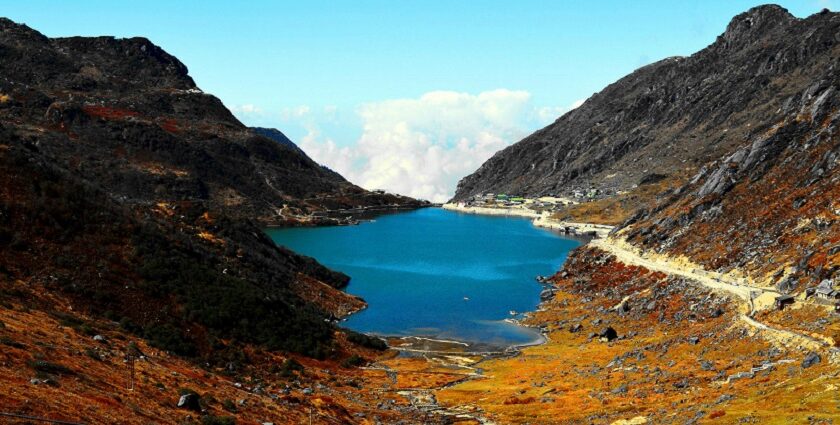What is Sikkim famous for? It’s known for its calm valleys, crisp mountain air, and breathtaking Himalayan views. Tucked between Bhutan, Nepal, and Tibet, this northeastern gem offers a mix of natural beauty and cultural charm. Clouds wrap gently around the peaks, while the scent of incense drifts from hillside monasteries. Sacred lakes shimmer in the sunlight, and valleys bloom with wildflowers. Every turn reveals warm smiles and stories from locals, making you feel instantly connected. Sikkim is not just a destination—it’s an experience that lingers long after you’ve left.
Top 10 Things That Show What Is Sikkim Famous For
Discover what is Sikkim famous for through its stunning mountains, sacred lakes, vibrant culture, and warm Himalayan hospitality.
1. Majestic Mountains And Scenic Beauty
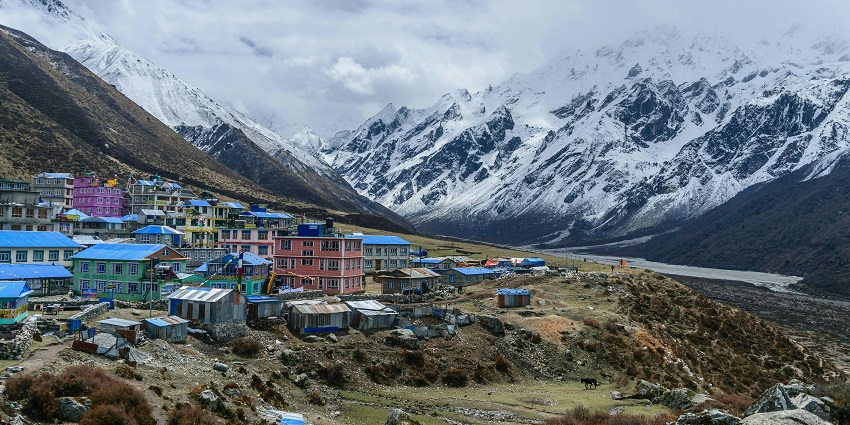
Photo: Shashank Ranjan / Pexels
Kanchenjunga dominates Sikkim’s skyline, called a guardian by locals for its towering, glowing peaks at sunrise. In the north, Yumthang Valley lives up to its “Valley of Flowers” name each spring as rhododendrons and primulas blanket the meadows. Higher still, Gurudongmar Lake, at 17,800 feet, sits in serene stillness under thin mountain air. Tsomgo Lake changes with the seasons—frozen and white in winter, glassy and blue in summer—offering a timeless pause. These wonders define Sikkim’s breathtaking beauty and deep connection between land and people.
2. Rich Biodiversity And Protected Areas
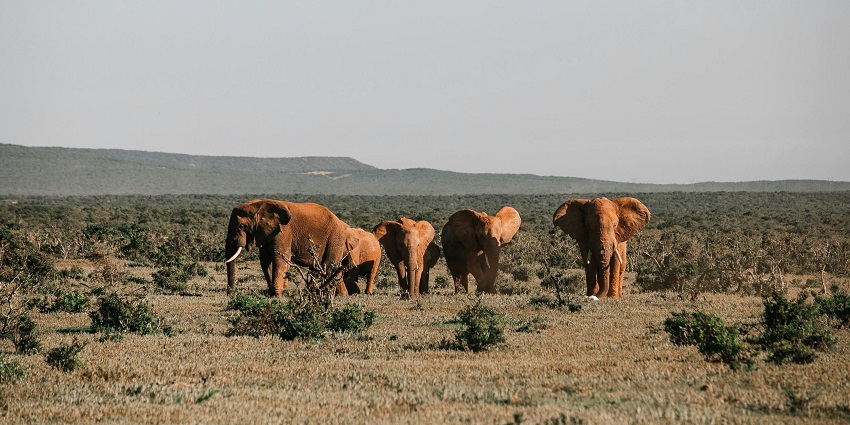
Photo: Rachel Claire / Pexels / Image For Representation Only
In Sikkim, landscapes shift quickly—from the humid chatter of subtropical forests in the south to the cool, bare heights of the north. Midway lies Khangchendzonga National Park, a UNESCO site locals cherish as their own. Here, red pandas hide in treetops, Himalayan tahrs scale impossible cliffs, and legends whisper of snow leopards watching unseen. Pause, and the forest reveals orchids twisting on branches, a pheasant’s cry fading in mist, and light changing from gold to silver—reminders that protecting this land is as natural as breathing.
3. High Mountain Passes And Routes
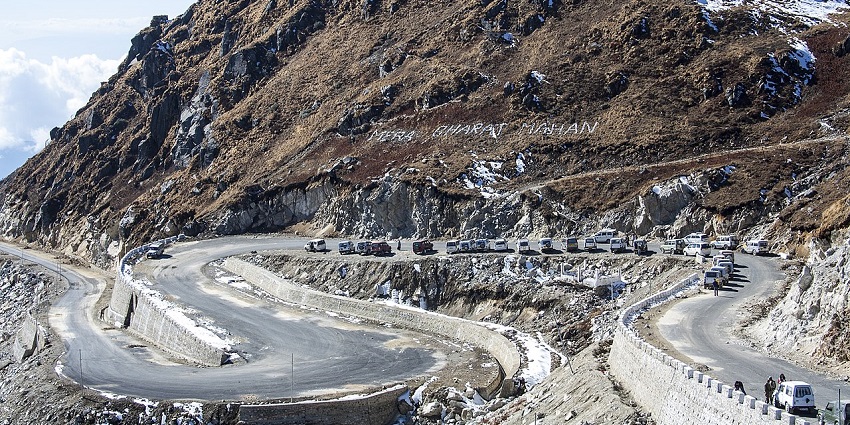
Photo: Indrajit Das / Wikimedia Commons
Sikkim’s high passes are more than roads—they’re living history. Nathu La, perched over 14,000 feet, once saw traders crossing the Silk Route into Tibet, its winds fierce and views spilling across sharp ridges into another land. Quieter Jelep La winds through wild terrain where the elusive Himalayan blue poppy sometimes blooms. Remote as they feel, these mountain corridors have carried goods, stories, and cultures for centuries, linking worlds across harsh yet breathtaking landscapes. Standing here, you sense the endurance of those who once walked these paths.
4. Monasteries And Spiritual Legacy
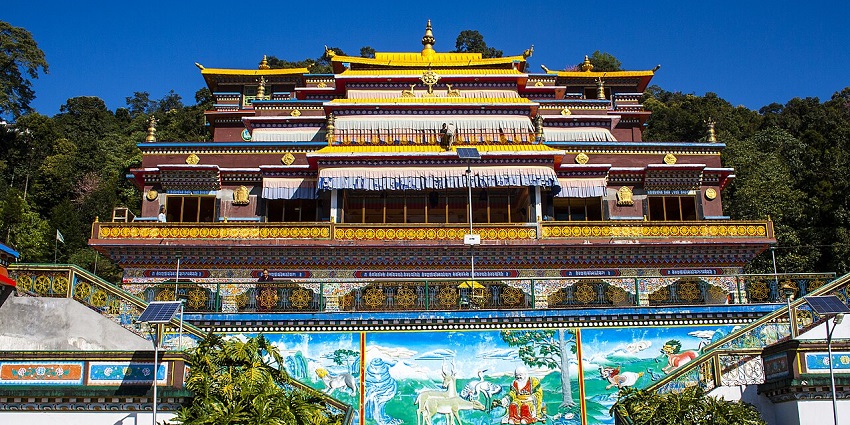
Photo: Indrajit Das / Wikimedia Commons
In Sikkim, monasteries are alive with prayer, debate, and shared tea after hours of chanting. Rumtek Monastery, with its golden roof and intricate murals, holds treasures in chants and teachings rather than objects. Enchey Monastery, perched above Gangtok, feels paused in time. Smaller ones like Phodong, Ralang, and Tashiding each have their own pace—some erupt during festivals with drums and conch shells, others remain hushed, broken only by your breath. When masked dancers fill the courtyards, it’s as if the rituals predate the walls themselves.
5. Sacred Lakes And Water Stories
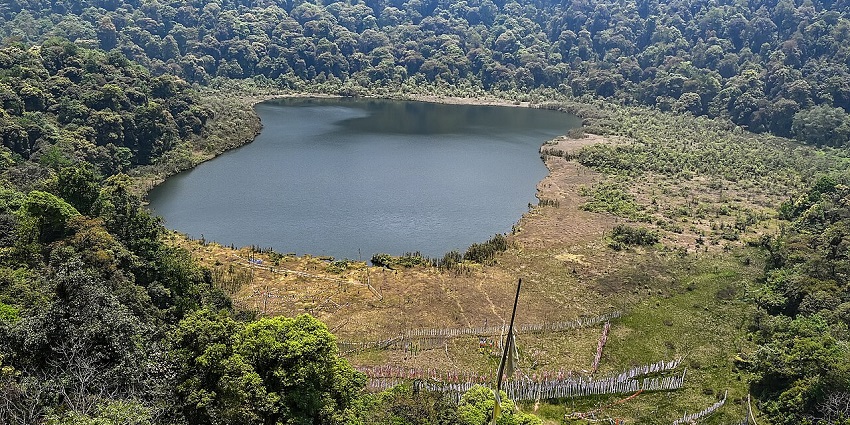
Photo: Anjan Kumar Kundu / Wikimedia Commons
Water in Sikkim carries spirit and legend. Gurudongmar Lake is believed to bless all who reach it, regardless of faith. Tsomgo Lake shifts with the weather—sunlit one moment, hidden in mist the next. Deep in the forest lies Khecheopalri Lake, where locals say no leaf may touch its surface; birds swiftly remove any that falls. Stand on its shore, listening to the wind and water, and it’s easy to believe these stories are as true as the lakes themselves.
6. Hill Towns And Villages
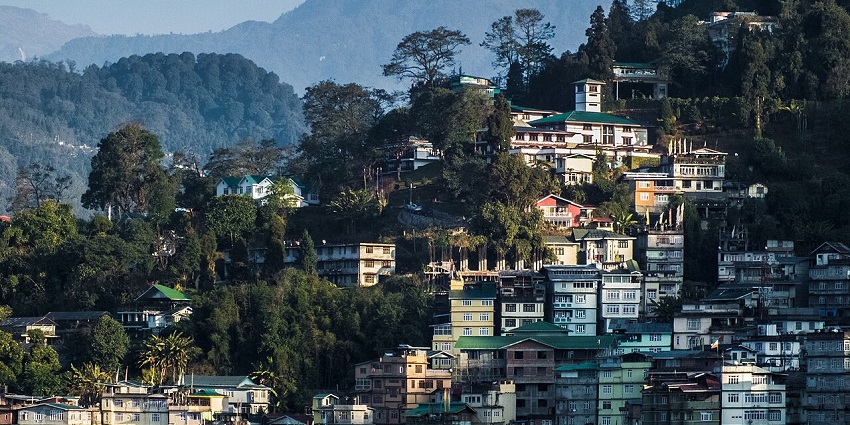
Photo: Thebrowniris / Wikimedia Commons
Gangtok has its charm, but Sikkim’s smaller towns reveal its slower rhythm. Pelling greets Kanchenjunga at sunrise, while Lachung, with wooden houses and flowers, offers a warm pause before Yumthang Valley. In the south, Ravangla and Namchi blend monastery life with vast Himalayan views. Yuksom, the first capital, holds traces of royal history and serves as the gateway to Kanchenjunga treks. Each town moves at its own gentle pace, inviting you to stay, linger, and breathe in the mountains.
7. Festivals And Cultural Traditions
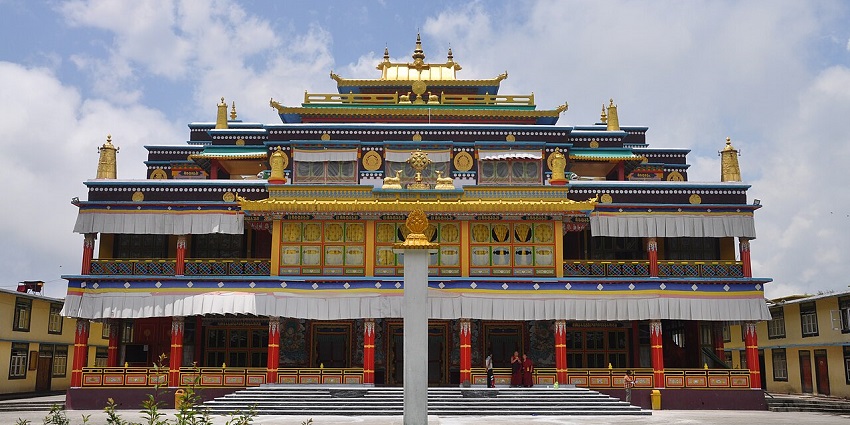
Photo: Prof Ranga Sai / Wikimedia Commons
In Sikkim, festivals unfold like stories. Losoong, the harvest New Year, brings courtyard dances, shared feasts, and quiet gratitude. Losar begins with monastery rituals, incense drifting before streets burst with colour and music. Pang Lhabsol honours Kanchenjunga, monks in masks moving in timeless patterns. Saga Dawa sees processions of prayer flags and chants, offerings left along the way. Long before each celebration, markets buzz, neighbours chatter, and prayer flags flutter a little more—as if the mountains themselves sense what’s coming.
8. Food And Farming Traditions
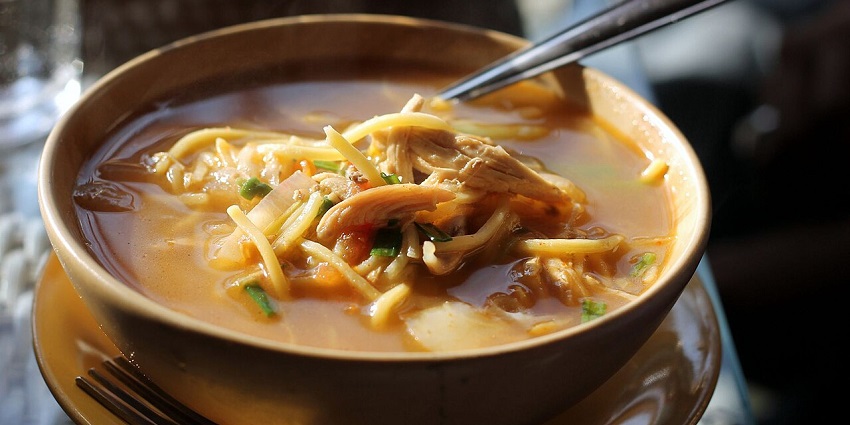
Photo: Arunabha.Goswami / Wikimedia Commons
Sikkim’s food is simple, hearty, and deeply rooted in its land. Steaming momos, filled with fresh vegetables or meat, are a staple comfort. Thukpa, rich and warming, pairs well with the tangy depth of gundruk, perfected over generations. Organic farms here produce vibrant vegetables, aromatic spices, and fragrant teas. The Temi Tea Estate yields smooth, delicate leaves, while the region’s prized large cardamom is among the finest in the world—each flavour telling a story of tradition, care, and the mountain soil it comes from.
9. Adventures In The Outdoors
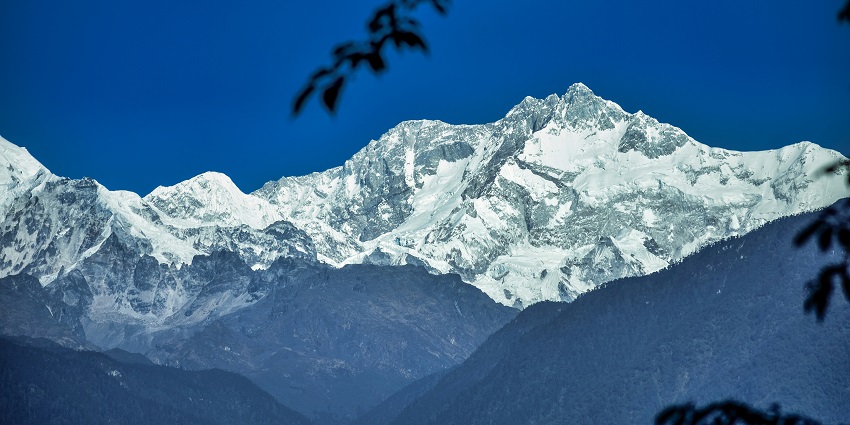
Photo: Labun Hang Limboo / Unsplash
Sikkim is a playground for adventure seekers. The Goecha La trek challenges with days of ascent, ending in breathtaking Kanchenjunga views. The Teesta River roars with wild stretches perfect for rafting, while paragliding over Gangtok offers a bird’s-eye sweep of valleys and peaks. Mountain biking trails weave through forests and ridges, yak rides by Tsomgo Lake add a touch of tradition, and high-altitude camping lets you sleep under stars brighter than you imagined—each adventure revealing Sikkim from a new angle.
10. Local Crafts And Art
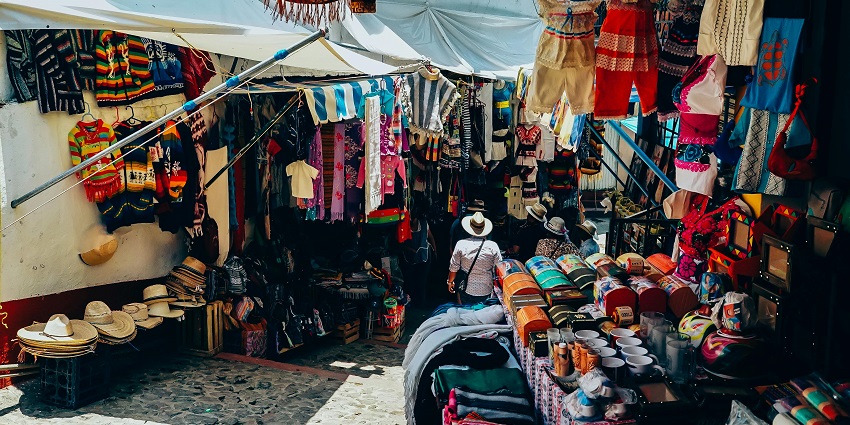
Photo: Ricky Esquivel / Pexels / Image For Representation Only
Sikkim’s markets overflow with colour—hand-woven carpets, thangka paintings, carved masks, and handmade paper, each piece telling a story or carrying Buddhist symbols. Yak wool shawls, warm and weighty, feel like treasures meant to last a lifetime. Stalls brim with local crafts, from intricate woodwork to delicate jewellery, all shaped by generations of skill. Shopping here isn’t just about souvenirs; it’s a way to support artisans and keep alive the traditions woven into the fabric of Sikkim’s culture and daily life.
So, what is Sikkim famous for? It’s the countless little things that blend into one unforgettable whole—the flutter of prayer flags, the flavour of tea grown on mountain slopes, and Kanchenjunga’s colours shifting with the light. Sikkim invites you to slow down, wander, and listen. Before you know it, you’ll carry a piece of it home in your heart. Plan your journey with TripXL today.
Cover Photo: Kanishka . / Pexels


 WhatsApp
WhatsApp
 Twitter
Twitter
